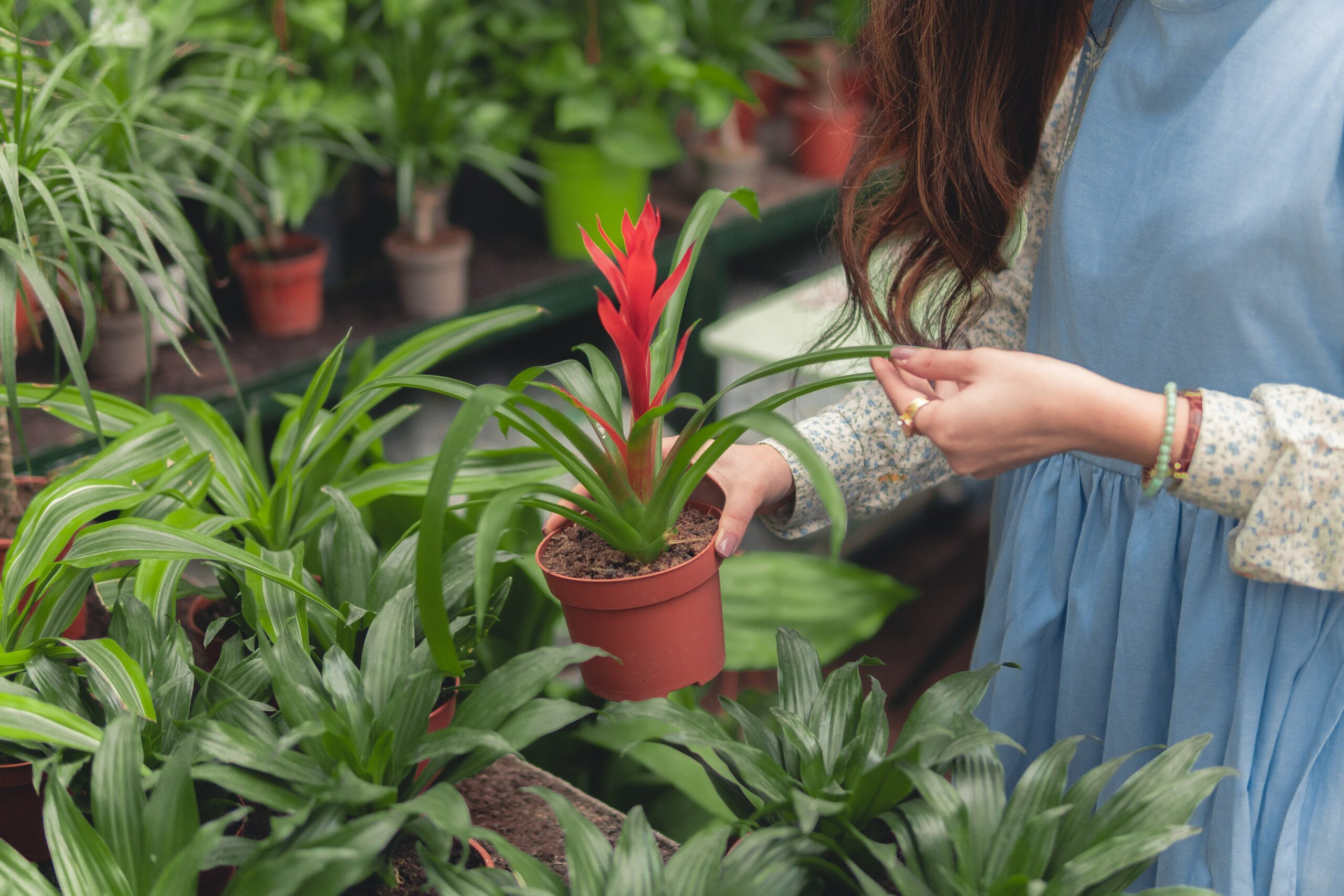In the U.S., native plants are defined as being present prior to European settlement and “have evolved and occur naturally in a particular region, ecosystem, and habitat” (U.S. Forest Service, 2023). As a result, native plants are often associated with numerous ecological and production benefits, including reduced inputs (fertilizer, irrigation, pesticides), improved biodiversity, increased pollinator foraging and habitat sources, and so forth. When considering the ornamental plant market, native plant sales and demand have increased. Consumers are actively seeking them in the garden center and will drive further distances to shop at native plant retailers. What makes these products so interesting to customers? In 2022, we addressed this question using an online survey of 2,066 U.S. consumers.
Most of the sample (58%) had purchased native plants in the previous year, 25% had not purchased native plants, and 17% did not know if they had purchased native plants. Of those participants who did not purchase native plants, their uncertainty was primarily driven by seeking other plant attributes (e.g., aesthetics, care requirements, availability), followed by lack of familiarity and knowledge. Regarding the motivations behind purchasing native plants, many of the motivations focused on ecological benefits or aesthetic preferences (Table 1). The largest portion of the sample indicated that benefiting pollinators was the primary reason they purchased native plants. For several years, consumers have identified pollinator friendly promotions as one of the top important benefits of plants (behind aesthetics and quality) that influences their purchasing behavior. Complementing the previous plantings/gardens was second, followed by natural habitat restoration, aesthetics, and wildlife benefits. Motivations that were selected less frequently were related to marketing (recommendations, availability, media exposure, social media) and solving problem areas in the landscape (water gardens, difficult planting sites).
Table 1. U.S. Consumer Motivations to Purchase Native Plants in 2022 (n=2066)

Consumers are also actively seeking native plants using different retail outlets than those traditionally used by gardeners. Historically, home improvement centers have dominated the ornamental plant retail market, followed by mass merchandisers, garden centers, and hardware stores (Whitinger and Cohen, 2021). These are still the primary players when considering ornamental plants in general. However, when purchasing native plants, participants indicated they frequent stores that specialize in ornamental plant sales. Specifically, they seek native plants at single-location retail garden centers the most, followed by directly from nurseries or greenhouses, home improvement centers, multiple-location garden centers, and then mass merchandisers. This may indicate that they view native plants as niche products and need to visit specialty stores to find natives and have a wider selection of products. Industry trends have identified an uptick in sales from these outlets relative to years past (Whitinger and Cohen, 2021).
Moving forward, as consumers are spending their money on items (including plants) that they perceive as more sustainable, focusing on production methods and products that meet those needs will be increasingly important. There is also an opportunity to improve traffic to retail garden centers through promoting the availability of these products to the end consumer.
References:
Whitinger, D. and P. Cohen. 2021. National Gardening Survey 2021 Edition: A Comprehensive Study of Consumer Gardening Practices, Trends, and Product Sales. National Gardening Association.
U.S. Forest Service. 2023. What Are Native Plant Materials? Available online at https://www.fs.usda.gov/wildflowers/Native_Plant_Materials/whatare.shtml, accessed 20 August, 2023.
Acknowledgements: Funding for the project was provided by the Horticulture Research Institute (HRI). Its contents are solely the responsibility of the authors and do not necessarily represent the views of HRI. Collaborators include Ariana Torres (Purdue Univ.), Sue Barton (Univ. of Delaware), and Bridget Behe (Michigan State Univ.).
Photo by Hassan OUAJBIR: https://www.pexels.com/photo/woman-wearing-blue-dress-holding-flower-pot-2232566/
Rihn, Alicia . “What Is Driving Native Plant Sales?” Southern Ag Today 3(46.5). November 17, 2023. Permalink

